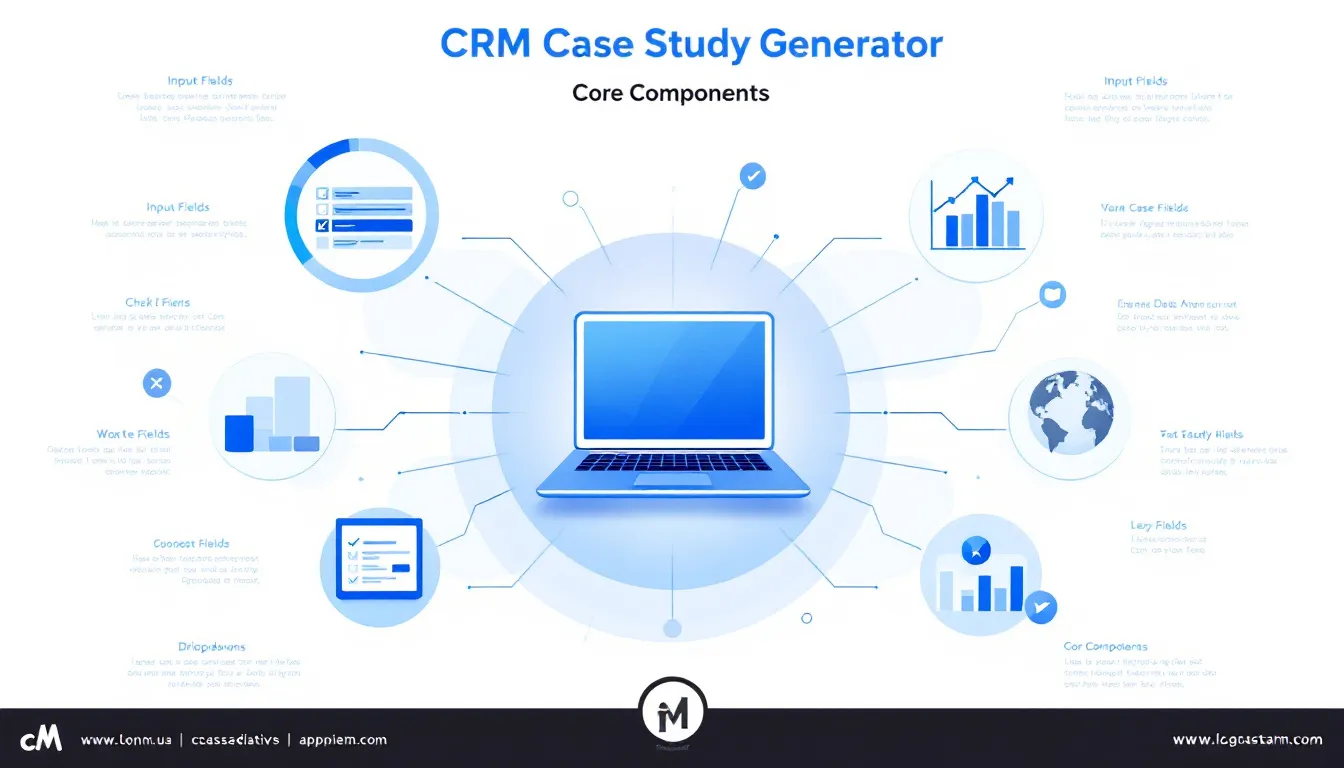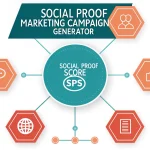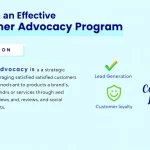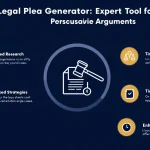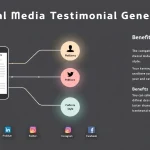Is this tool helpful?
How to Use the CRM Case Study Strategy Generator Effectively
This tool transforms your customer data into clear, structured case studies. To get the best results, provide detailed and accurate information in each field. Here’s how you can fill them out effectively, with example inputs to guide you:
- Organization Name: Enter the full name of your company or business entity.
Examples: “Greenfield Logistics Inc.”, “Sunrise Renewable Energy” - CRM Approach and Objectives: Describe your CRM system, goals, and implementation strategy in detail.
Examples: “Implemented a multi-channel CRM to unify customer communications and improve retention by focusing on personalized service.”
“Integrated AI-driven analytics into CRM to enhance lead scoring and automate follow-ups.” - Client Impact and Benefits: Outline the measurable benefits your clients received through your CRM efforts.
Examples: “Achieved a 30% reduction in response time to customer inquiries and increased repeat purchases by 22%.”
“Raised customer satisfaction scores from 78% to 91% within six months of CRM optimization.” - Proof Points and Achievements: List key results, testimonials, or data supporting the effectiveness of your CRM.
Examples: “Reduced churn rate by 15%; received positive feedback from multiple long-term clients.”
“Recorded a 120% increase in user engagement on the customer portal.” - Implementation Period: Specify the timeframe when the CRM strategy was launched or evolved.
Examples: “January 2022 – December 2022”, “Mid-2020 to Present”
What Is the CRM Case Study Strategy Generator and Why Use It?
The CRM Case Study Strategy Generator helps you convert complex customer relationship management data into effective case studies. It guides you to present your CRM achievements clearly, emphasizing strategic actions and tangible results.
By using this tool, you can:
- Organize CRM data into detailed narratives that showcase your company’s impact.
- Highlight success metrics and client benefits to support business development efforts.
- Save time on drafting case studies by automating the translation of data into structured stories.
- Maintain consistent messaging across all your case studies for stronger branding.
Key Advantages of the CRM Case Study Generator
- Clear structure: The tool helps create case studies that follow a logical flow, from problem identification to solution and results.
- Credible evidence: It encourages including measurable proof points and client testimonials.
- Tailored content: You can customize details to suit different target industries or audiences.
- Improved marketing efficiency: Use these case studies in sales collateral, blog posts, or presentations.
Practical Use Cases for the CRM Case Study Generator
This tool suits any business looking to showcase CRM success stories with clear evidence and storytelling. Here are examples of practical use cases:
Example 1: Financial Services
- Optimized customer onboarding process, reducing approval times by 40%
- Improved cross-selling rates by 25% among existing customers
- Implemented targeted CRM campaigns resulting in a 15% increase in new account openings
Example 2: Retail Sector
- Used CRM data analytics to personalize marketing, raising conversion rates by 33%
- Enhanced loyalty program engagement, increasing repeat purchases by 18%
- Shortened customer support response time by 50% through CRM integration
Understanding Core Elements of Effective CRM Case Studies
High-impact case studies should clearly include these elements:
- Challenge or problem: Define the customer issue your CRM strategy addressed.
- Solution details: Explain the CRM features and processes you implemented.
- Measured outcomes: Present numerical results, such as percentages, savings, or growth figures.
- Customer feedback: Include testimonials or quotes where possible to add authenticity.
- Timeline and milestones: Show when implementation milestones occurred and project scope duration.
Frequently Asked Questions About Case Study Creation with CRM Data
What makes a case study effective?
An effective case study blends numerical results with clear storytelling. It should focus on the specific challenges your customer faced, the CRM solutions you applied, and measurable outcomes that demonstrate your impact.
How long should the case study be?
Aim for 800 to 1200 words. This length provides enough detail without overwhelming the reader.
Should I include client testimonials?
Yes, authentic client testimonials add credibility. Quotes that highlight key benefits or customer satisfaction improve trust and impact.
How often do I need new case studies?
Create new case studies quarterly or after completing important projects. This keeps your content fresh and relevant.
Can I create different case studies for various industries?
Absolutely. Tailoring case studies for distinct sectors or challenges resonates better with specific audiences.
What metrics should I focus on including?
Use both quantitative metrics (like ROI, time savings, or revenue growth) and qualitative outcomes (such as improved satisfaction or workflow efficiency) for a complete success picture.
How should I select projects for case studies?
Choose projects that have significant impacts, clear metrics, and address common challenges your customers face.
When should I update existing case studies?
Update them annually or whenever new results emerge to keep your case studies accurate and relevant.
How can I distribute case studies for maximum reach?
Share them through your website, social media platforms, email newsletters, sales presentations, and industry publications to reach diverse audiences.
What’s the best way to present case study data?
Combine narrative text with bullet points, charts, infographics, and customer quotes. This makes your case study engaging and easy to follow.
Important Disclaimer
The calculations, results, and content provided by our tools are not guaranteed to be accurate, complete, or reliable. Users are responsible for verifying and interpreting the results. Our content and tools may contain errors, biases, or inconsistencies. Do not enter personal data, sensitive information, or personally identifiable information in our web forms or tools. Such data entry violates our terms of service and may result in unauthorized disclosure to third parties. We reserve the right to save inputs and outputs from our tools for the purposes of error debugging, bias identification, and performance improvement. External companies providing AI models used in our tools may also save and process data in accordance with their own policies. By using our tools, you consent to this data collection and processing. We reserve the right to limit the usage of our tools based on current usability factors.
